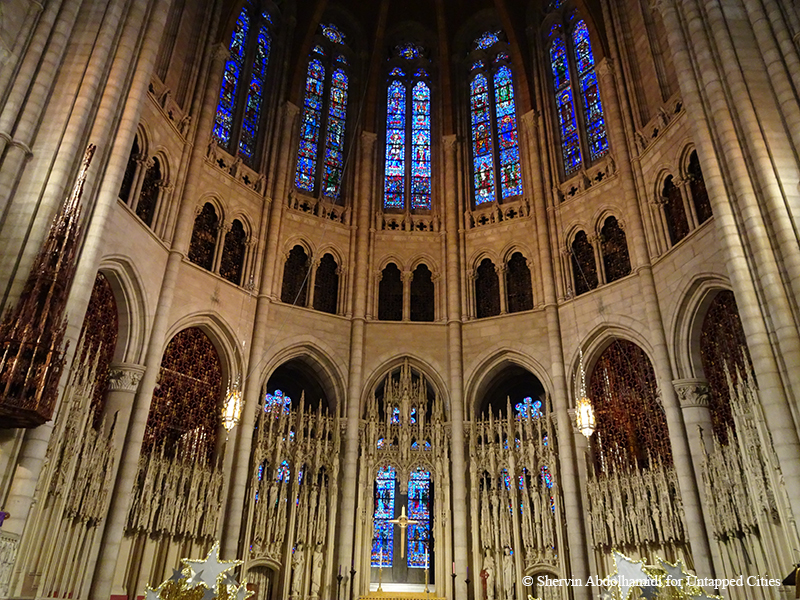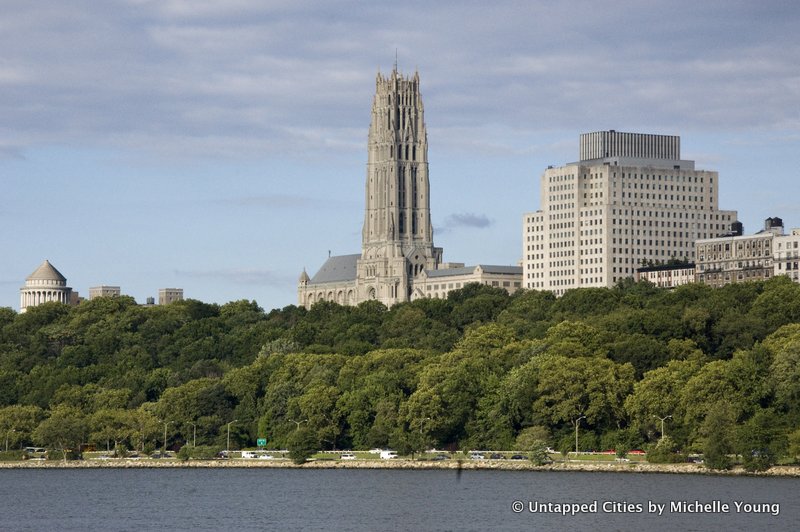
Looming in the skyline of Morningside Heights near Columbia University is a massive church that dominates the skyline of Hudson River waterfront. Riverside Church is an interdenominational church that serves as an inclusive place of congregation for over forty ethnic groups. Opened in 1930, the church has always been an active advocate in various social rights movements, including LGBT movements, immigration rights, and anti-torture campaigns. In accordance with their social justice advocacy and very inclusive ideology, Riverside Church has hosted numerous world-renowned guest speakers. Some notable speakers include Bill Clinton, Secretary-General of the United Nations Kofi Annan, who spoke there after the September 11 attacks, Cesar Chavez, Nelson Mandela, and the Dalai Lama.
On January 21st, Riverside Church marched with thousands of New Yorkers in solidarity with the National Women’s March on Washington to fight against intolerance and civil liberties, as is their hallmark. Recently, we had a chance to tour Riverside Church and even ascend to the 20th floor of this magnificent edifice with the New York Adventure Club.
Here are ten secrets of Riverside Church that you might not know:
10. Riverside Church is the Tallest Church in America

Riverside Church was designed by the firm of Allen, Pelton and Collens. Inspired by a famous French cathedral, Riverside Church is the tallest in the United States, and 24th in the world, with the stunning bell tower standing at 392 feet tall. The 22-story tower is modeled after one of the towers at Laon Cathedral in France, except with a base of 100 feet.
The Riverside Church bell tower was once accessible to the public via an observation deck which closed to the public after 9/11. The observation deck opened once again for the first time in nearly twenty years in December 2019. Eric Nash’s 1999 edition of Manhattan Skyscrapers still makes reference to the public observation deck, 355 feet high “served by the tallest elevators of any church in the world.”
Like the Woolworth Building, another neo-Gothic building, the structure of Riverside Church is supported by steel frames, much like office buildings in midtown, with the facade having a purely aesthetic value. The floors of the church host the religious institution’s numerous social and philanthropic activities, in addition to being used as administration space. The floor space is used to host events, Bible study sessions, and even book club meetings.





